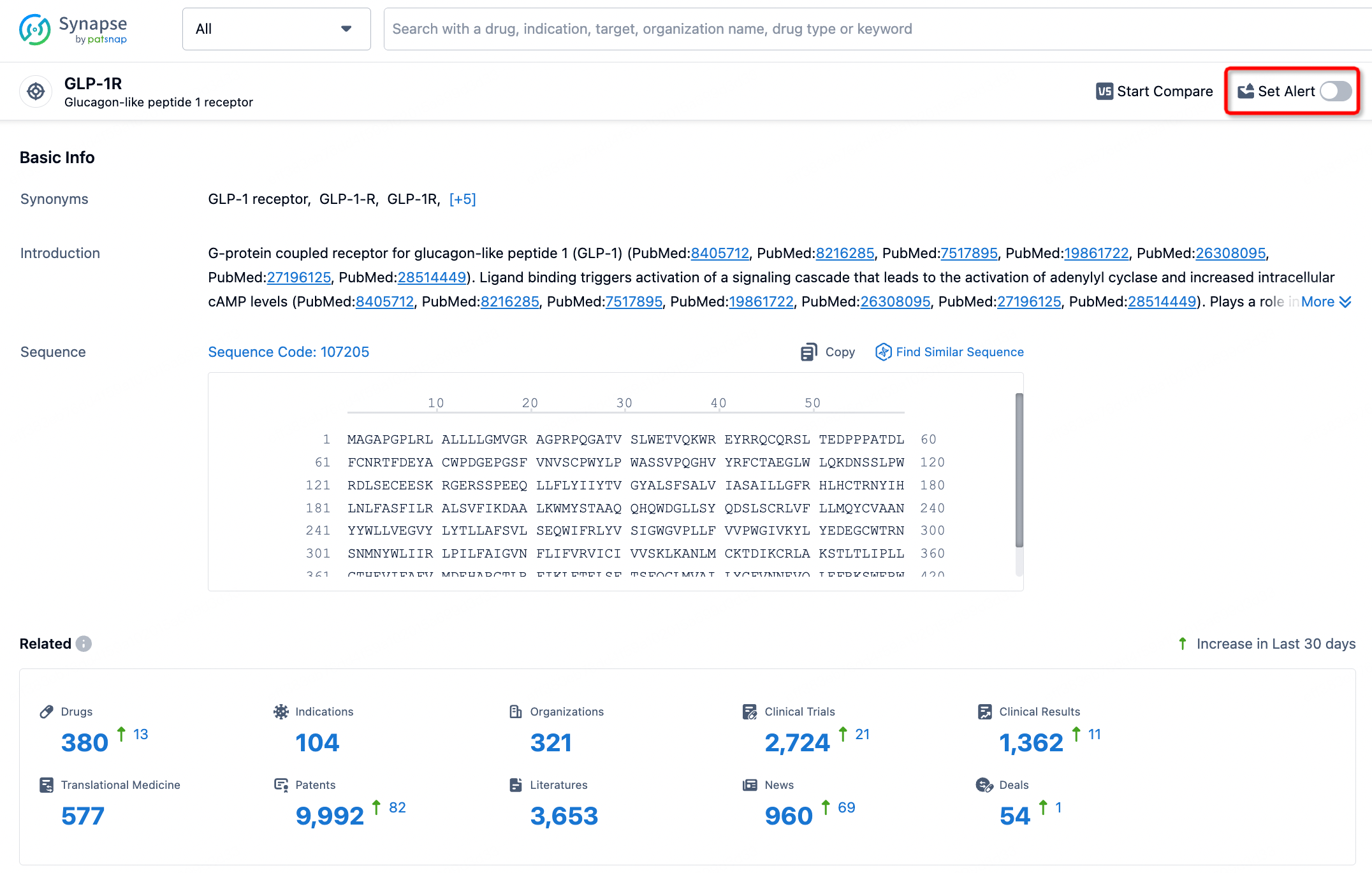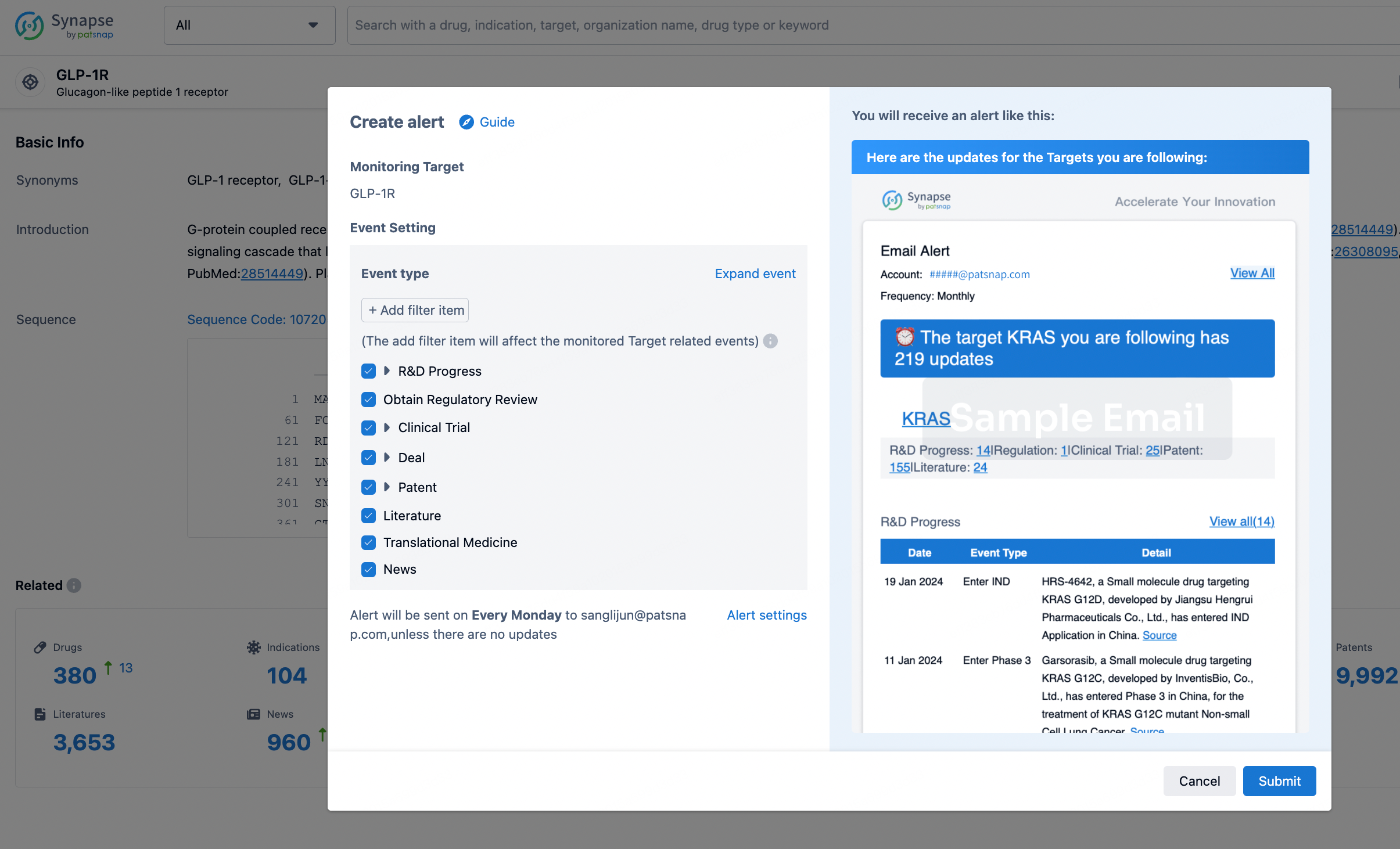Request Demo
What are A1AT modulators and how do they work?
21 June 2024
Alpha-1 Antitrypsin (A1AT) deficiency is a genetic disorder that can lead to severe lung and liver diseases. A1AT is a protein produced in the liver that functions as a protease inhibitor, specifically targeting neutrophil elastase, an enzyme that can degrade elastin and other proteins in the lung tissue. When A1AT is deficient or dysfunctional, uninhibited neutrophil elastase can wreak havoc on the lung's elastic framework, leading to conditions such as chronic obstructive pulmonary disease (COPD) and emphysema. This is where A1AT modulators come into play, offering a promising therapeutic option for individuals affected by this condition.
A1AT modulators are a class of drugs designed to enhance or restore the function of the A1AT protein. Unlike traditional therapies that primarily focus on managing symptoms, A1AT modulators aim to address the underlying cause of the disease. They achieve this by stabilizing the A1AT protein, correcting its folding, or increasing its production. Let's delve deeper into how these modulators work and what they are used for.
How do A1AT modulators work?
The mechanism of action of A1AT modulators can be diverse, depending on the specific approach taken by the drug. One of the primary strategies is to correct the misfolding of A1AT protein, which is a common issue in individuals with A1AT deficiency. Misfolded proteins can aggregate in the liver, causing damage and reducing the amount of functional A1AT in circulation. Chaperone proteins or small molecules can be used to assist in the proper folding of the A1AT protein, thereby increasing its stability and functionality.
Another approach is to increase the production of A1AT in the liver. This can be achieved through gene therapy or small molecules that enhance the expression of the SERPINA1 gene, which encodes the A1AT protein. By boosting the levels of A1AT, these therapies aim to provide sufficient inhibition of neutrophil elastase and protect the lung tissue.
Some A1AT modulators work by enhancing the secretion of functional A1AT protein from the liver cells into the bloodstream. This can be particularly useful for individuals who produce A1AT, but the protein gets trapped within the liver cells due to defective secretion mechanisms. Enhancers of protein secretion can help to release more functional A1AT into the circulation, thereby increasing its availability to neutralize neutrophil elastase.
Additionally, there are modulators that aim to stabilize the A1AT protein in the bloodstream, extending its half-life and enhancing its inhibitory activity. These stabilizers can prevent the rapid degradation of A1AT, ensuring a more sustained protective effect against neutrophil elastase.
What are A1AT modulators used for?
A1AT modulators are primarily used for the treatment of A1AT deficiency-related lung diseases, such as COPD and emphysema. By increasing the levels of functional A1AT in the bloodstream, these modulators can help to mitigate the destructive effects of neutrophil elastase on the lung tissue. This can lead to improved lung function, reduced exacerbations, and a better quality of life for individuals with A1AT deficiency.
In addition to lung diseases, A1AT modulators have potential applications in liver diseases associated with A1AT deficiency. Misfolded A1AT proteins can accumulate in the liver, causing liver damage and increasing the risk of conditions such as cirrhosis and hepatocellular carcinoma. By correcting the folding or enhancing the secretion of A1AT, these modulators can help to reduce liver damage and improve liver function.
Furthermore, A1AT modulators may have broader applications beyond A1AT deficiency. The protease-antiprotease imbalance seen in A1AT deficiency is also implicated in other diseases, such as cystic fibrosis and certain inflammatory conditions. As such, A1AT modulators have the potential to be used in the treatment of these diseases as well, either as standalone therapies or in combination with other treatments.
In conclusion, A1AT modulators represent a promising therapeutic approach for the treatment of A1AT deficiency and related conditions. By addressing the underlying cause of the disease and enhancing the function of the A1AT protein, these modulators offer hope for improved outcomes and a better quality of life for individuals affected by this genetic disorder. As research and development in this field continue to advance, we can expect to see even more innovative and effective treatments emerge in the near future.
A1AT modulators are a class of drugs designed to enhance or restore the function of the A1AT protein. Unlike traditional therapies that primarily focus on managing symptoms, A1AT modulators aim to address the underlying cause of the disease. They achieve this by stabilizing the A1AT protein, correcting its folding, or increasing its production. Let's delve deeper into how these modulators work and what they are used for.
How do A1AT modulators work?
The mechanism of action of A1AT modulators can be diverse, depending on the specific approach taken by the drug. One of the primary strategies is to correct the misfolding of A1AT protein, which is a common issue in individuals with A1AT deficiency. Misfolded proteins can aggregate in the liver, causing damage and reducing the amount of functional A1AT in circulation. Chaperone proteins or small molecules can be used to assist in the proper folding of the A1AT protein, thereby increasing its stability and functionality.
Another approach is to increase the production of A1AT in the liver. This can be achieved through gene therapy or small molecules that enhance the expression of the SERPINA1 gene, which encodes the A1AT protein. By boosting the levels of A1AT, these therapies aim to provide sufficient inhibition of neutrophil elastase and protect the lung tissue.
Some A1AT modulators work by enhancing the secretion of functional A1AT protein from the liver cells into the bloodstream. This can be particularly useful for individuals who produce A1AT, but the protein gets trapped within the liver cells due to defective secretion mechanisms. Enhancers of protein secretion can help to release more functional A1AT into the circulation, thereby increasing its availability to neutralize neutrophil elastase.
Additionally, there are modulators that aim to stabilize the A1AT protein in the bloodstream, extending its half-life and enhancing its inhibitory activity. These stabilizers can prevent the rapid degradation of A1AT, ensuring a more sustained protective effect against neutrophil elastase.
What are A1AT modulators used for?
A1AT modulators are primarily used for the treatment of A1AT deficiency-related lung diseases, such as COPD and emphysema. By increasing the levels of functional A1AT in the bloodstream, these modulators can help to mitigate the destructive effects of neutrophil elastase on the lung tissue. This can lead to improved lung function, reduced exacerbations, and a better quality of life for individuals with A1AT deficiency.
In addition to lung diseases, A1AT modulators have potential applications in liver diseases associated with A1AT deficiency. Misfolded A1AT proteins can accumulate in the liver, causing liver damage and increasing the risk of conditions such as cirrhosis and hepatocellular carcinoma. By correcting the folding or enhancing the secretion of A1AT, these modulators can help to reduce liver damage and improve liver function.
Furthermore, A1AT modulators may have broader applications beyond A1AT deficiency. The protease-antiprotease imbalance seen in A1AT deficiency is also implicated in other diseases, such as cystic fibrosis and certain inflammatory conditions. As such, A1AT modulators have the potential to be used in the treatment of these diseases as well, either as standalone therapies or in combination with other treatments.
In conclusion, A1AT modulators represent a promising therapeutic approach for the treatment of A1AT deficiency and related conditions. By addressing the underlying cause of the disease and enhancing the function of the A1AT protein, these modulators offer hope for improved outcomes and a better quality of life for individuals affected by this genetic disorder. As research and development in this field continue to advance, we can expect to see even more innovative and effective treatments emerge in the near future.
How to obtain the latest development progress of all targets?
In the Synapse database, you can stay updated on the latest research and development advances of all targets. This service is accessible anytime and anywhere, with updates available daily or weekly. Use the "Set Alert" function to stay informed. Click on the image below to embark on a brand new journey of drug discovery!
AI Agents Built for Biopharma Breakthroughs
Accelerate discovery. Empower decisions. Transform outcomes.
Get started for free today!
Accelerate Strategic R&D decision making with Synapse, PatSnap’s AI-powered Connected Innovation Intelligence Platform Built for Life Sciences Professionals.
Start your data trial now!
Synapse data is also accessible to external entities via APIs or data packages. Empower better decisions with the latest in pharmaceutical intelligence.


